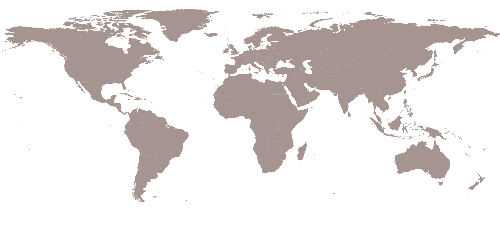A New Interface Between Nature and the City

Explore how the Jaboque Territory-Urban project in Bogotá is transforming a fragile wetland into a vibrant, multifunctional public landscape. Recognised by the Holcim Awards for its integration of ecological restoration, community identity, and educational potential, the project offers a powerful example of how design can reconnect urban environments with the natural systems they depend on—while delivering social and cultural value to local communities.














